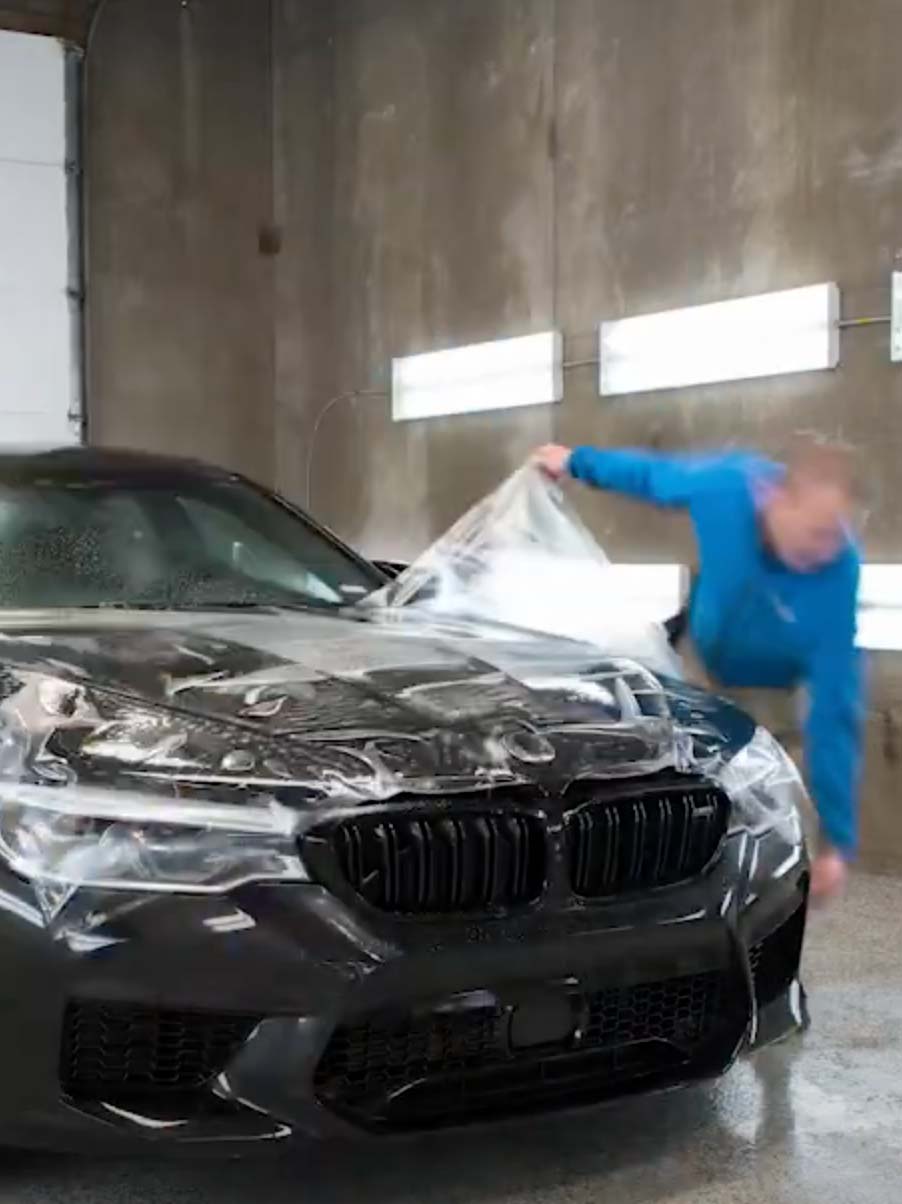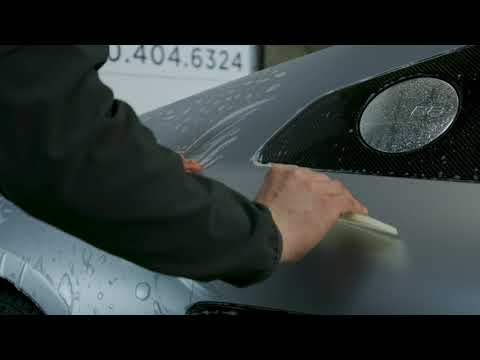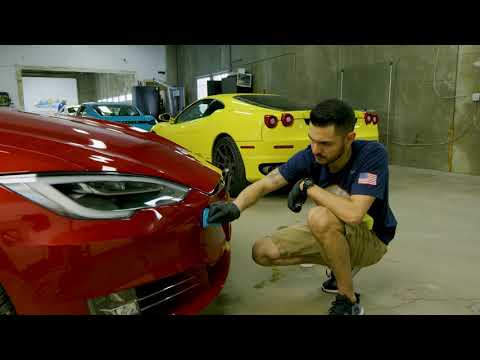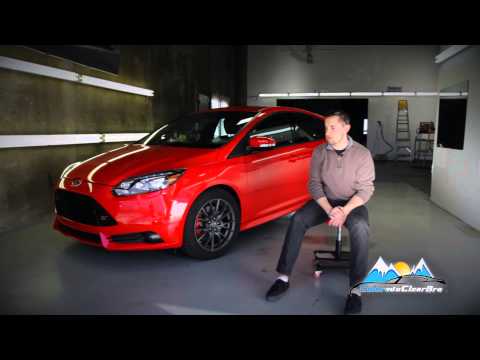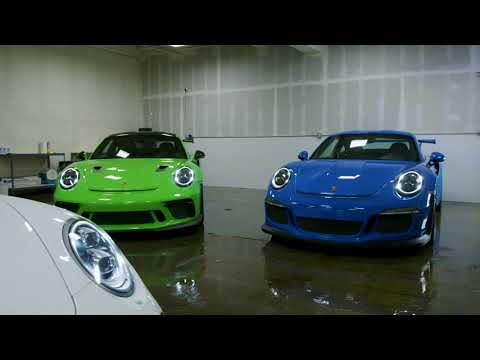There are some age-old questions; should you get your car ceramic coated or waxed? Is sealant equally good? What’s the difference between the three and which one should you go for? Continue reading Wax vs Sealant vs Ceramic Coating - Which is better? to learn more.
Today, we’ll be discussing these in detail and providing an unbiased opinion based on our experience of serving over 20,000 customers.
Your vehicle is one of the most important investments in your life that you want to protect. Other than washing, there are many ways to take care of it, such as using sealants and applying waxes and ceramic coating.
It is important to note that each one of the protectants has its own features and characteristics, and depending upon your budget and goals, will often vary.
Road tar, potholes, bird droppings, and mud can all add up to quickly deteriorate your car’s paint and you need to do something to add longevity to it.
Let’s discuss each one of them separately.
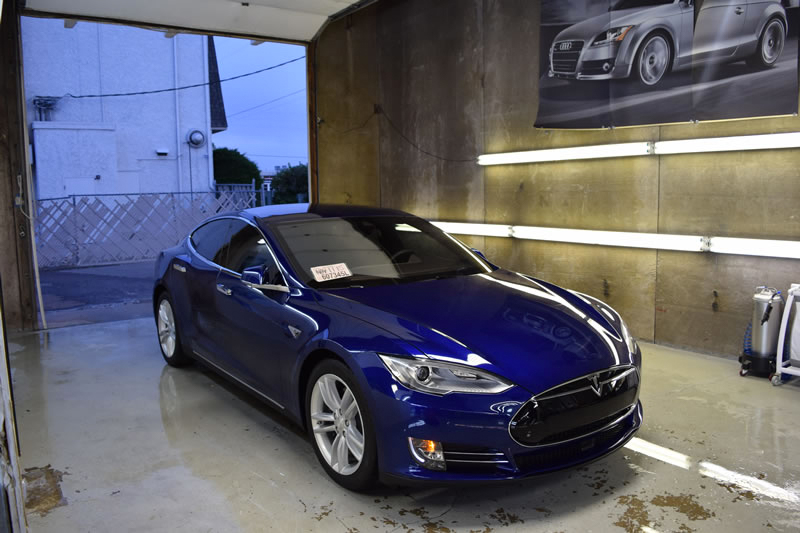
Waxing
One of the most common and economical ways to enhance paint protection and shine worldwide is by waxing. In Denver, a number of our clients get their cars waxed to enhance their car shine.
Every wax product has some types of natural waxes such as carnauba, and montan, harvested from palm trees. But it isn’t just the wax that can be applied as-is. The car wax needs to be blended with various waxes, and chemicals to make it applicable to cars.
Just remember that there is no 100% carnauba wax as it is impossible to apply to your car. Firms marketing their car waxes as 100% carnauba wax are blatantly lying to you because carnauba in its raw and pure form is hard and cannot be applied to any car.
While waxing is a great way to give that much-needed shine, it isn’t always durable. Wax evaporates at temperatures between 160 and 180 F. Park your car anywhere in Denver during hot summers, and you can have the entire wax melted and evaporated within a few hours to days. This is a huge limitation regardless of the fine wax quality.
Since wax is derived from plants, its application will add rich and deep looks to your car. On the flip side, it doesn’t provide protection from acid rain and bird droppings.
Sealants
Similar to waxing, it also protects your car’s paint and gives it a nice shine akin to a mirror. However, it is chemically engineered to last much longer than waxing.
When it comes to durability, paint sealants last an average of 4 to 6 months, whereas waxing lasts up to 2 months.
It is made of plastic polymers, is usually much more durable than natural waxes, and provides better protection from high temperatures, chemical detergents, acid rains, bird droppings, and mud.
Sealants come in two forms, sprays and pastes. Spray-on sealants are easier than paste-sealants to apply but both do not provide an equal level of protection. Since paste sealants take time and effort to apply, they offer far better protection than their spray-on counterparts.
Ceramic Coating
Ceramic coating is what we’d like to call the king of pain protection. Not only does it cost more, but provides far superior protection in terms of durability, longevity, and shine to your car.
We have an ultimate guide to the ceramic coating on our website that you can visit to know more details about how it works and provides the best possible protection for your car.
Also Read: WHAT IS CERAMIC CAR COATING? [ULTIMATE GUIDE]
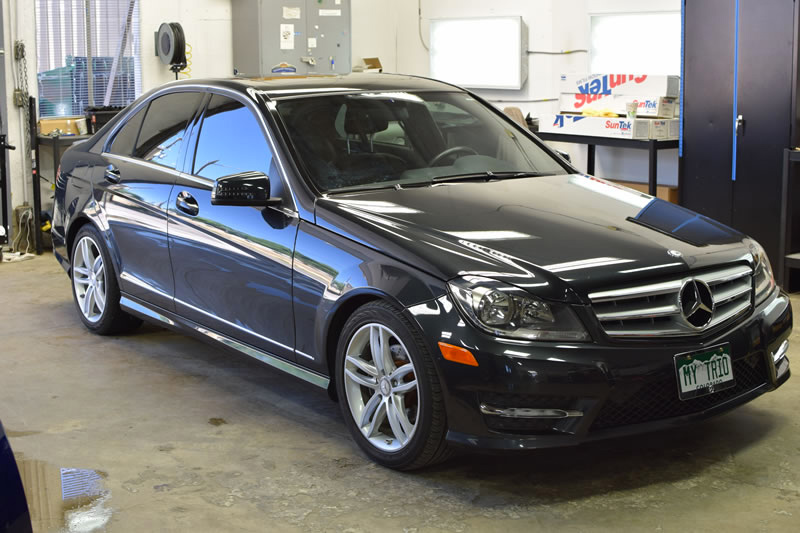
Car Ceramic Coating vs Sealant vs Wax
There are some age-old questions; should you get your car ceramic coated or waxed? Is sealant equally good? What’s the difference between the three and which one should you go for?
Today, we’ll be discussing these in detail and providing our unbiased opinion based on our experience of serving over 20,000 customers.
Your vehicle is one of the most important investments in your life that you want to protect. Other than washing, there are many ways to take care of it, such as using sealants and applying waxes and ceramic coating.
It is important to note that each one of the protectants has its own features and characteristics, and depending upon your budget and goals, will often vary.
Road tar, potholes, bird droppings, and mud can all add up to quickly deteriorate your car’s paint and you need to do something to add longevity to it.
Let’s discuss each one of them separately.
Waxing
One of the most common and economical ways to enhance paint protection and shine worldwide is by waxing. In Denver, a number of our clients get their cars waxed to enhance their car shine.
Every wax product has some types of natural waxes such as carnauba, and montan, harvested from palm trees. But it isn’t just the wax that can be applied as-is. The car wax needs to be blended with various waxes, and chemicals to make it applicable to cars.
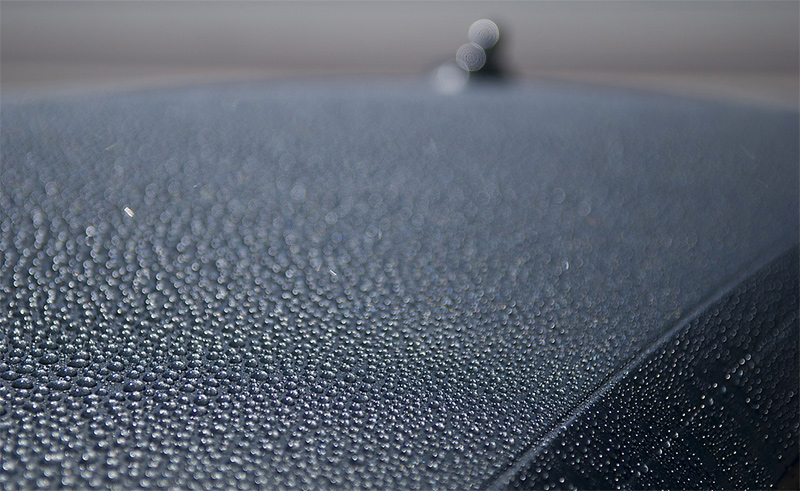
Just remember that there is no 100% carnauba wax as it is impossible to apply on your car. Firms marketing their car waxes as 100% carnauba wax are blatantly lying to you because carnauba in its raw and pure form is hard and cannot be applied to any car.
While waxing is a great way to give that much-needed shine, it isn’t always durable. Wax evaporates at temperatures between 160 and 180 F. Park your car anywhere in Denver during hot summers, and you can have the entire wax melted and evaporated within a few hours to days. This is a huge limitation regardless of the fine wax quality.
Since wax is derived from plants, its application will add rich and deep looks to your car. On the flip side, it doesn’t provide protection from acid rain and bird droppings.
Sealants
Similar to waxing, it also protects your car’s paint and gives it a nice shine akin to a mirror. However, it is chemically engineered to last much longer than waxing.
When it comes to durability, paint sealants last on an average of 4 to 6 months, whereas waxing lasts up to 2 months.
It is made of plastic polymers, is usually much more durable than natural waxes, and provides better protection from high temperatures, chemical detergents, acid rains, bird droppings, and mud.
Sealants come in two forms, sprays and pastes. Spray-on sealants are easier than paste-sealants to apply but both do not provide an equal level of protection. Since paste sealants take time and effort to apply, they offer far better protection than their spray-on counterparts.
Ceramic Coating
Ceramic coating, also known as nano-coating is what we’d like to call the king of pain protection. Not only does it cost more, but provides far superior protection in terms of durability, longevity, and shine to your car. It has a high amount of soft silica (SiO2) to provide a much longer glossy shine and appeal to the car’s surface.
Applying a ceramic coating to your vehicle is more difficult than a paint sealant. There is a whole lot of prep time involved in ensuring your car is ready for the final ceramic coating. It needs to be washed thoroughly, and dried off, and all contaminants also need to be cleared off, after which all swirls, watermarks, and scratches also need to be wiped off by a microfiber cloth.
It takes at least 10 to 15 minutes to simply apply the ceramic coating to your car’s surface, after which it takes anywhere between 2 to 3 hours to properly buff the surface with the paint.
There are a number of benefits when it comes to applying ceramic coatings, such as:
- Longevity of up to 4 years
- Protection from acid rain, bird droppings, etc.
- Less visibility of watermarks and swirls
- Easier to wash
- Stain-resistant
- Protection from Ultraviolet rays
- We have an ultimate guide to the ceramic coating on our blog that you can visit to know more details about how it works and provides the best possible protection for your car.
Conclusion
At Best Clear Bra, we serve all types of customers in Denver and provide superior protection by our seasoned professionals. Whether you need your car waxed or ceramic coated, we’ll do it for you. We understand that not everyone may have the time and budget to go for ceramic coating, due to which we recommend going for sealant protection to ensure the longevity of your car’s paint protection.






